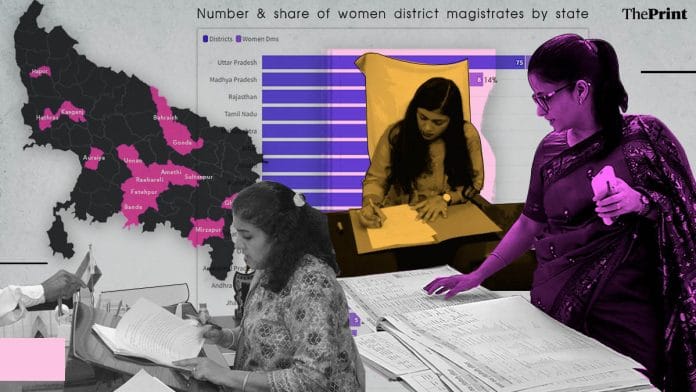New Delhi: If Jaipur is India’s pink city, then Bahraich in Uttar Pradesh is the pink district, not for its blushing buildings but its bold administration—an all-woman-led show, from the DM and SP to the MLA and city magistrate. They are overseeing initiatives like pink auto-rickshaws and self-help groups, and winning accolades for ‘empowering’ women. But is this a sign that the glass ceiling for women IAS officers is finally cracking across districts?
Across the country, 126 women hold the powerful post of district magistrate (DM) out of 774 districts analysed by ThePrint. Tamil Nadu, an industrial powerhouse with nearly half of India’s female factory workers, leads the way with women DMs in nearly 40 per cent (15 out of 38) of its districts.
But Uttar Pradesh, where women have traditionally been invisible in the public sphere, is catching up, at least in terms of absolute numbers. It currently has 14 women DMs across its 75 districts, up from 12 in 2022—a jump from 16 per cent to nearly 18 per cent.
The cherry on the cake is Bahraich, of course, but other UP districts with women DMs are also making strides. For instance, Hapur has both a woman DM and an additional DM. They prioritise ensuring that women-related schemes reach those eligible, according IAS officer Prerna Sharma, who took over as Hapur DM in February 2023.
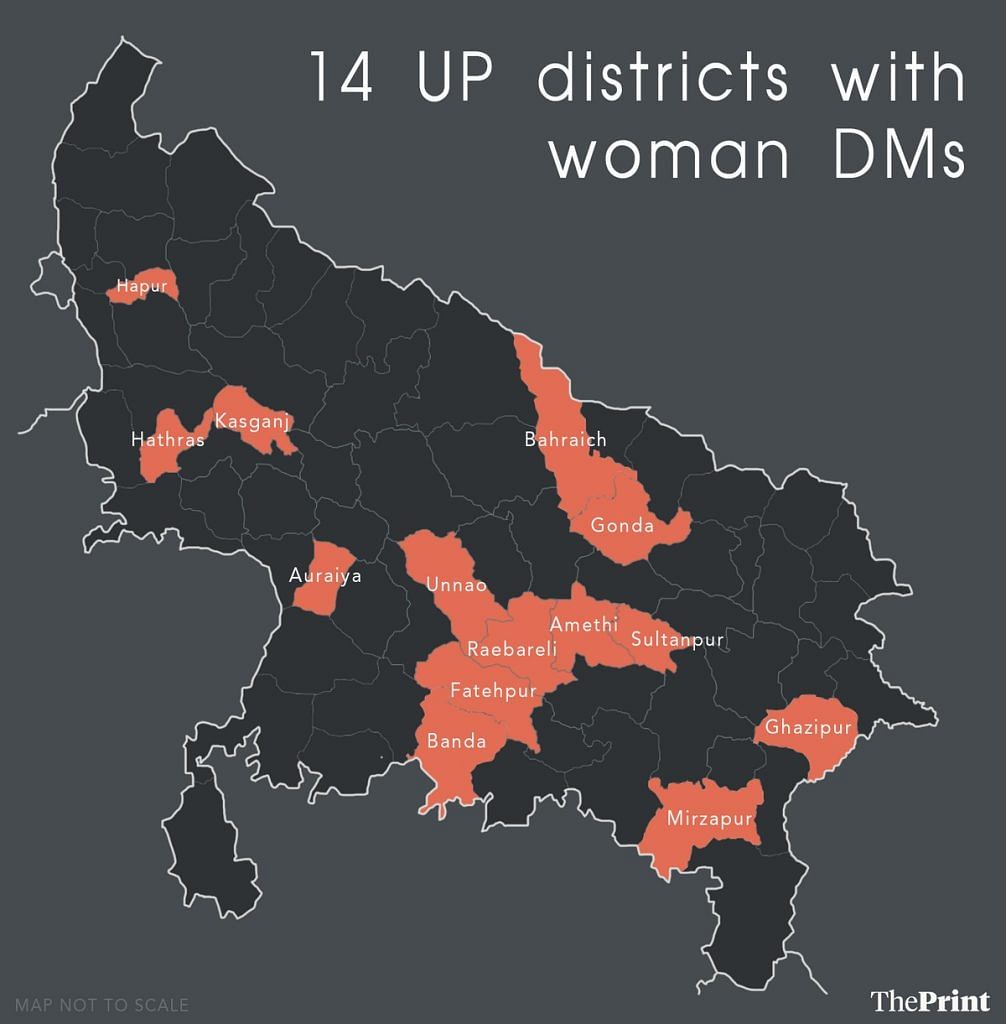
Then there is Auraiya, where the first major initiative under a woman DM and SP in 2023 was to establish breastfeeding cubicles in every tehsil to make life easier for working mothers. The administration has launched several initiatives for women, especially the destitute. These include a new Asha Jyoti Kendra for women’s welfare and a One Stop Centre to assist survivors of gender-based violence. The administration is also collaborating with the police to provide better legal help for women.
“Besides doing our duty as officers, being women we always have a sensitive and emotional attachment towards women and children, and we always try to work for their upliftment,” said Neha Prakash, DM of Auraiya.
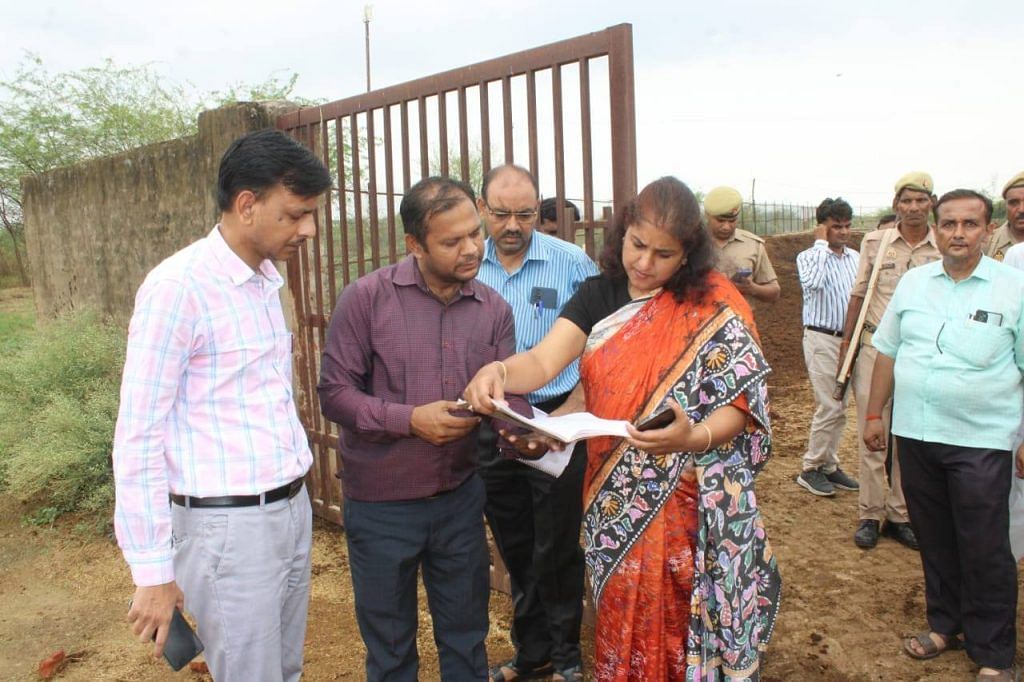
Several women DMs who spoke to ThePrint hinted that they had an advantage over their male counterparts, not just because of their gender-sensitive vantage point but their drive.
“There is no difference in the working pattern of an officer, but I think women officers are more hardworking because they always have pressure to prove themselves,” said Hapur DM Sharma. “Women are always more vocal and open to other women officers.”
Having more women in the workforce and on top post will always inspire more families and women to come forward and achieve their goals—to work hard for their dreams
-Prerna Sharma, Hapur DM
Nationally, however, progress has been slow. Between 1951, when India appointed its first woman IAS officer, and 2020, women made up only 13 per cent of IAS officers, according to the IndiaSpend analysis. As for populous Uttar Pradesh, the largest producer of IAS officers since 1950, women make up just about 10 per cent of the total.
While the 2022 Civil Services Exam saw women make up over 34 per cent of the recommended candidates for appointment, wide disparities persist across states in women making it to leadership positions.
Several DMs asserted that women leaders are more likely to pave the way for their juniors, creating a ripple effect of positive change within the system.
Also Read: Higher intake of IAS officers for 10 years on the cards as Modi govt deliberates internal report
Ups and downs
For every two steps forward, there have been two steps back. In 2022, ThePrint found that 142 out of 716 districts, or 19 per cent, had women DMs. However, this number has dipped to 126 out of 774 districts, or 16 per cent, currently. While some states achieved modest gains of 2-3 per cent in women DMs over two years, others saw declines, including those with already low numbers.
On the brighter side, Madhya Pradesh, with 55 districts, now has 14 per cent women DMs compared to 10 per cent in 2022. Gujarat increased from 9 per cent to 15 per cent, Chhattisgarh from 7 per cent to 9 per cent, and Andhra Pradesh from 15 per cent to 19 per cent after increasing its districts from 13 to 26. Karnataka, with 31 districts, jumped from 20 per cent to 29 per cent of women DMs.
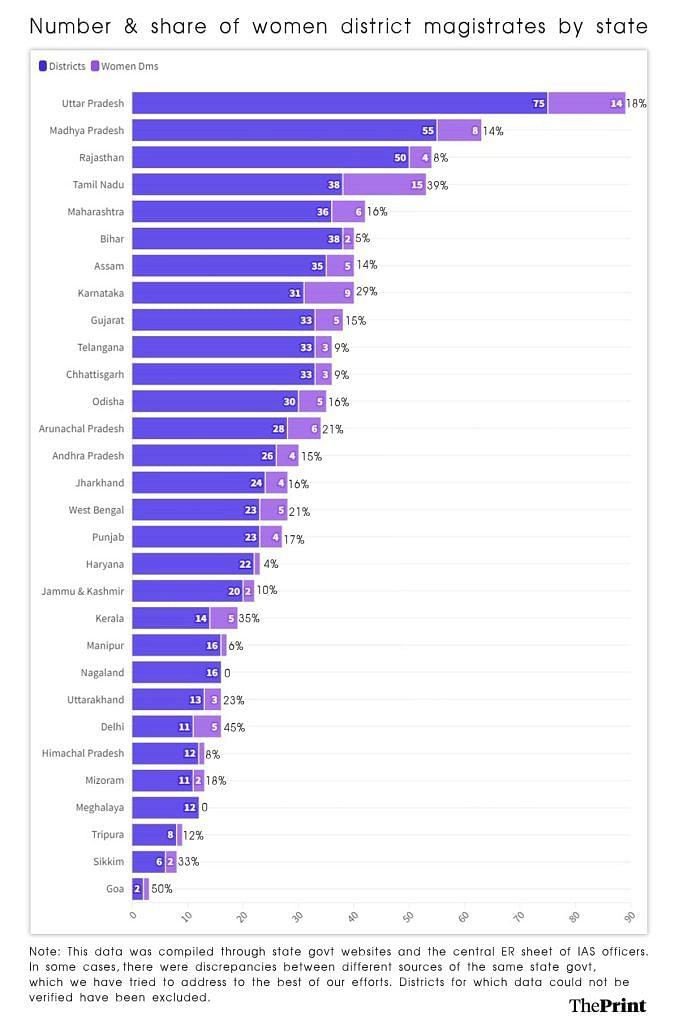
The states presenting a less rosy picture include Rajasthan, which saw its women DMs fall from 21 per cent to 8 per cent after increasing districts from 33 to 50. Delhi had 9 women DMs in 11 districts in 2022, but now there are just 5. Similarly, Bengal dropped from 39 per cent to 21 per cent, Bihar from 7 per cent to 8 per cent, and Maharashtra from 22 per cent to 16 per cent.
In some states, numbers remained stagnant. Haryana, notorious for its falling sex ratio and honour killings, had one woman DM in 2022 and still has one now, although the district changed from Hisar to Palwal.
Many DMs who spoke to ThePrint argued that women administrators are uniquely positioned to drive social change in the areas that need them.
“Having more women in the workforce and on top post will always inspire more families and women to come forward and achieve their goals—to work hard for their dreams,” said Hapur DM Sharma.
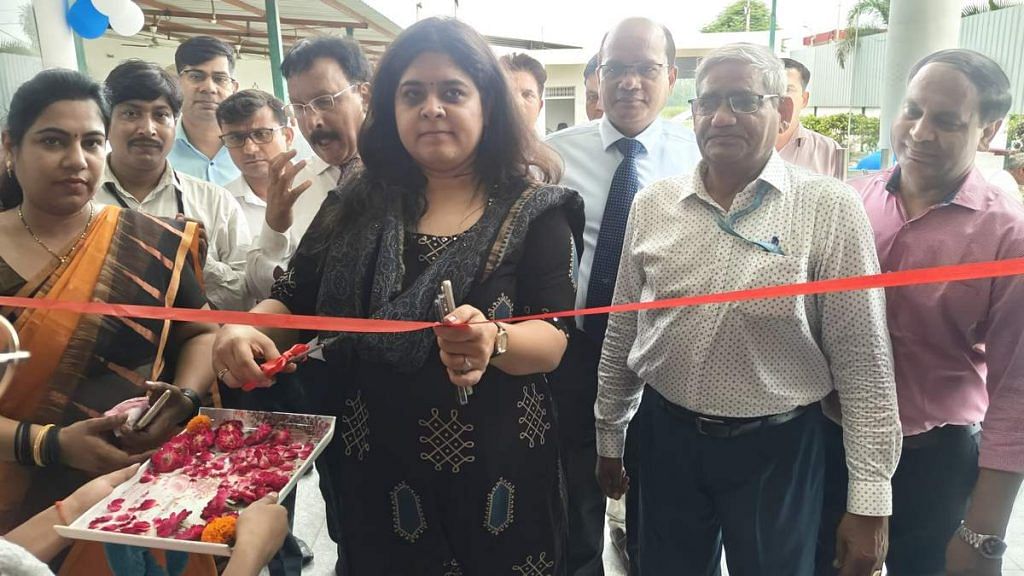
Not just that, several DMs asserted that women leaders are more likely to pave the way for their juniors, creating a ripple effect of positive change within the system.
“If a woman is leading a team, she always tries to take forward the other junior working women,” said Vishaka Yadav, DM of Kurung Kumey, Arunachal Pradesh.
Nearly 70 per cent of all women working in industries are employed in the southern states of Tamil Nadu, Andhra Pradesh, Karnataka, and Kerala. It is perhaps not a coincidence that most also have a higher-than-average representation of women DMs.
Bahraich—a woman’s world
Women are finally going places in Bahraich, one of UP’s poorest districts. That’s a message the whole country got when Arti, the driver of a pink e-rickshaw, went all the way to Buckingham Palace after winning the Amal Clooney Women’s Empowerment Award.
Arti’s journey started when she started driving a pink e-rickshaw under the UP government’s Mission Shakti scheme. Behind the scenes was a strong team led by DM Monika Rani, who since she took the post last year, is not only encouraging single mothers to take up auto-driving but has also established an all-women’s kitchen for the DM office canteen.
“The whole district is run by women for women,” DM Monika Rani declared proudly.
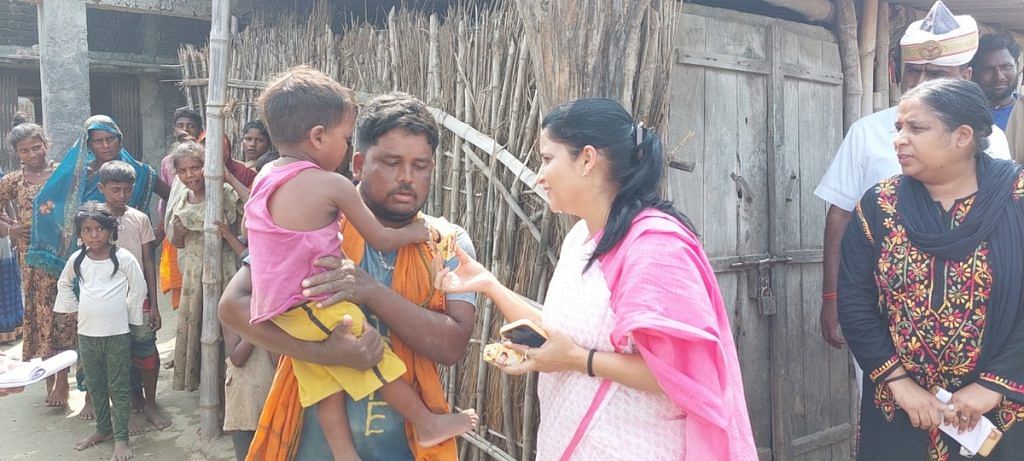
Several women e-rickshaw who spoke to ThePrint praised the administration for always being accessible to them.
“From the DM to the city magistrate, all are always available to listen to our problems, which is very helpful for us,” said one woman driver.
On the policing front, SP Vrinda Shukla is making her mark. Known for arresting gangster Mukhtar Ansari’s daughter-in-law as the Chitrakoot SP last year, she is not only putting criminals behind bars but also patiently hearing out the long queues of women seeking help at her office. She isn’t afraid to show her softer side, tweeting about fostering a baby monkey she rescued.
“The biggest advantage of women holding high positions is that other women can easily and openly tell them their problems,” said Shukla.
In Bahraich, crimes against women are more prevalent inside the home than outside, according to Shukla. She says she handles about 10 to 15 cases of domestic violence daily. Following an initial intervention, a woman officer visits the victim’s house for follow-up after 15 days.
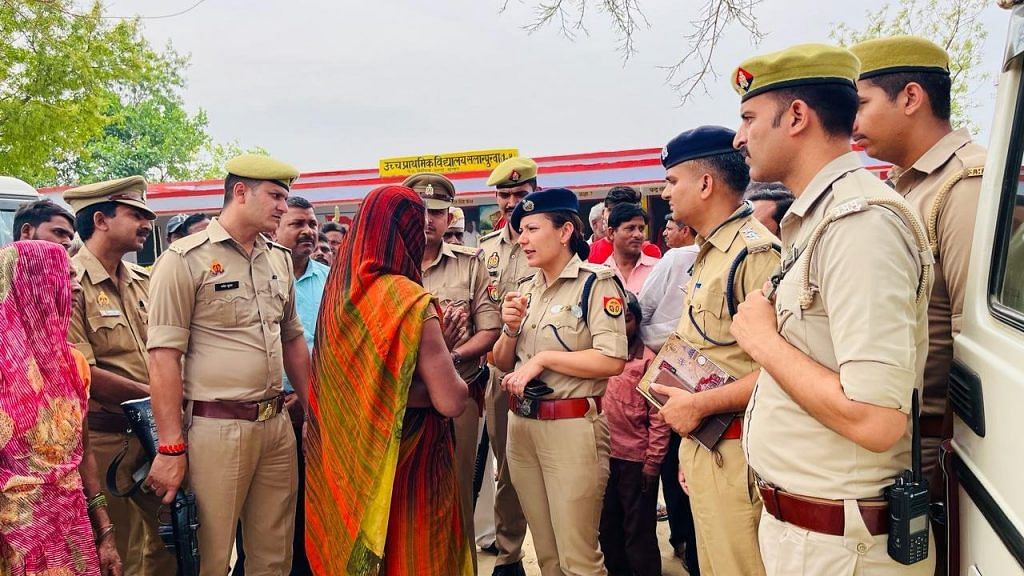
“As officers, we work in the same way for the entire society. But now in Bahraich, the men of the house often send their women here to tell their problems because they feel this will get their work done quickly. This shows us that in Bahraich a relationship has been formed between women and officers, where they can share their problems comfortably,” said Shukla.
There’s a sense of camaraderie among the women officers as well, allowing them to share their problems and work well together, she added.
Bahraich’s all-women administration actively empowers uneducated and underprivileged women by consistently educating them about relevant government schemes. They organise awareness camps, provide mediation services, and connect women and families with various schemes and NGOs for further support. Public grievance hearings held in the SP and DM offices are another way they assist the community and raise awareness about helpful programmes.
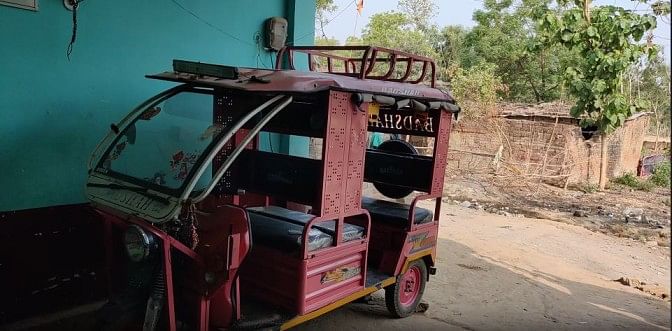
A new Mahila Thana (women’s police station) is another milestone for the ‘pink district’. It’s the third such station in the district, with SP Sinha making it a point to keep tabs on cases.
In June, the ‘pink district’ took the top spot in the state for resolving public grievances on the Integrated Grievance Redressal System (IGRS) portal, leaping up from the 73rd rank it got in February.
ThePrint contacted Uttar Pradesh Chief Secretary Manoj Kumar Singh by phone, message, and email for comment on the rise of women DMs. This report will be updated if he responds.
Also Read: Indian civil services is short on women. It’s not the govt’s fault
Southern advantage
Tamil Nadu boasts not only the highest number of female district magistrates (called collectors here) in India but also one of the highest rates of women working across various sectors. This strong foundation in female workforce participation is likely due in part to Tamil Nadu’s position as a leading industrial state—creating many employment opportunities for women—and its relatively high literacy rate.
ThePrint attempted to reach district collectors M Aruna of Nilgiris, T Charushree of Tiruvarur, and MS Sangeetha of Madurai, by phone but did not receive a response from any of them.
However, during a gram sabha meeting earlier this year, Sangeetha encouraged women to set up their own businesses and achieve financial independence.
“A society becomes self-sustained only when the women population is educated and employed,” she said.
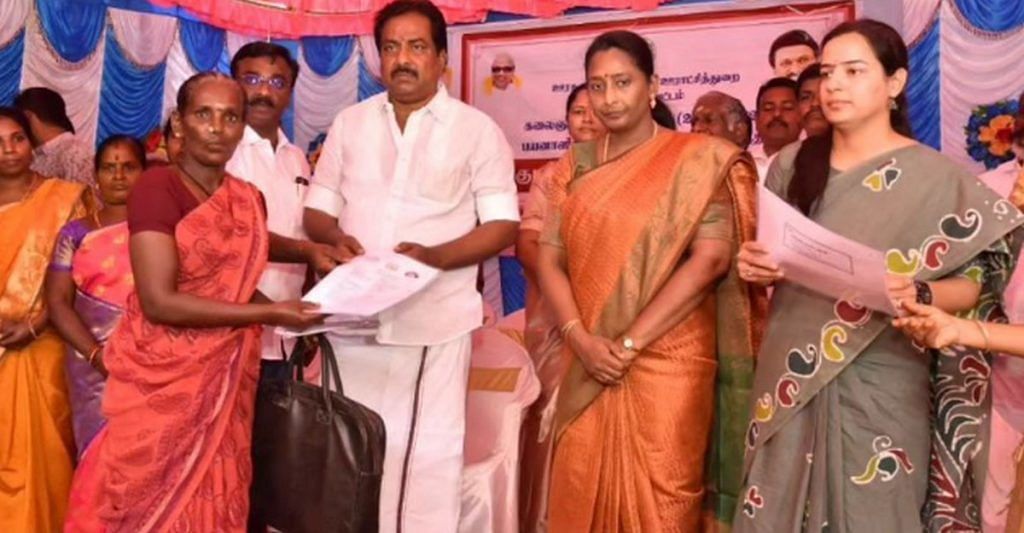
Notably, Sangeetha also caused a stir last year when found discrepancies while auditing maternal deaths at Madurai’s Government Rajaji Hospital and recommended the suspension of a doctor for allegedly ‘covering up’ fatalities.
“The way woman manages a house well, she manages the administration well with her more understanding capacity and humane approach,” B Jothi Nirmalasamy, Tamil Nadu State Election Commissioner and the former collector of Kanniyakumari district, told ThePrint. “Though a man may prove himself to be a very successful officer, he may not be in a position to understand the needs of women in his district or the state. But a woman can understand the needs of both men and women as she always understands them at home.”
Nearly 70 per cent of all women working in industries are employed in the southern states of Tamil Nadu, Andhra Pradesh, Karnataka, and Kerala. It is perhaps not a coincidence that most, barring Andhra, also have a higher-than-average representation of women DMs. Tamil Nadu leads the way, followed by Karnataka at 29 per cent, and Kerala at 35 per cent. Even the IndiaSpend study noted that more women IAS officers as of December 2021 “were serving in southern and (broadly) richer states” compared to those in other regions.
Change begins with you. By building a room for our women officers and their children, we have started a change
-Vishakha yadav, Kurung Kumey DC
States with a strong female workforce are also more likely to enact progressive policies. For instance, the Tamil Nadu government released the State Policy for Women 2024 to prevent gender-based discrimination, promote education, ensure safe workplaces, and rapidly advance women’s startups. Only Maharashtra, another industrialised state with high women’s labor participation, has a similar policy. However, it has just 6 women DMs throughout its 36 districts, amounting to a share of 16 per cent.
Meanwhile, the states in the Northeast have among the lowest representation of DMs in the country. Meghalaya and Nagaland, with 16 districts respectively, have no women DMs. Manipur and Tripura have 1 woman DM each in their 16 and 8 districts respectively. The better performers in this region in terms of share are Arunachal Pradesh, where 21 per cent of DMs in the 28 districts are women, Assam with 14 per cent in 35 districts, and Sikkim with 33 per cent in 6 districts.

As the number of women increases in every field, the number of female IAS officers in leadership roles will also rise, according to Vishaka Yadav, deputy commissioner of Arunachal’s Kurung Kumey district. (A DC is equivalent to a DM in the Northeast.)
“Slowly but surely, the number of women is increasing in every area. It has taken a lot of time for women to reach here but perhaps the gap will be filled soon because now families have also become aware and are continuously taking their daughters forward,” she said.
But as a woman in a position of authority, Yadav asserts that “change begins with you”.
In Kurung Kumey district, a separate room has been established in her office where women officers and workers can feed their children and also bring them to work if needed.
“One has to start anything from oneself, and by building a room for our women officers and their children, we have started a change,” Yadav said with pride.
(Edited by Asavari Singh)



